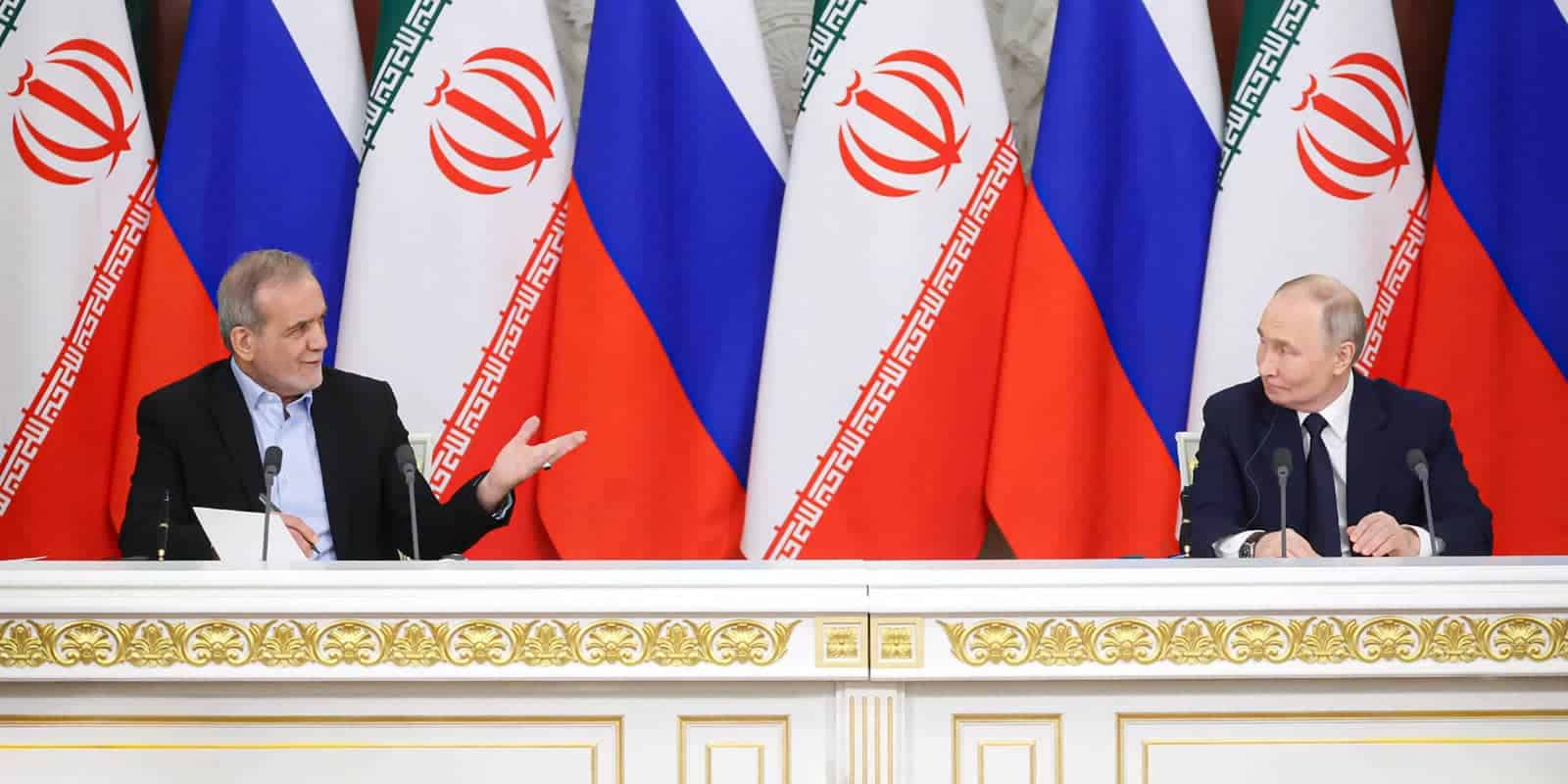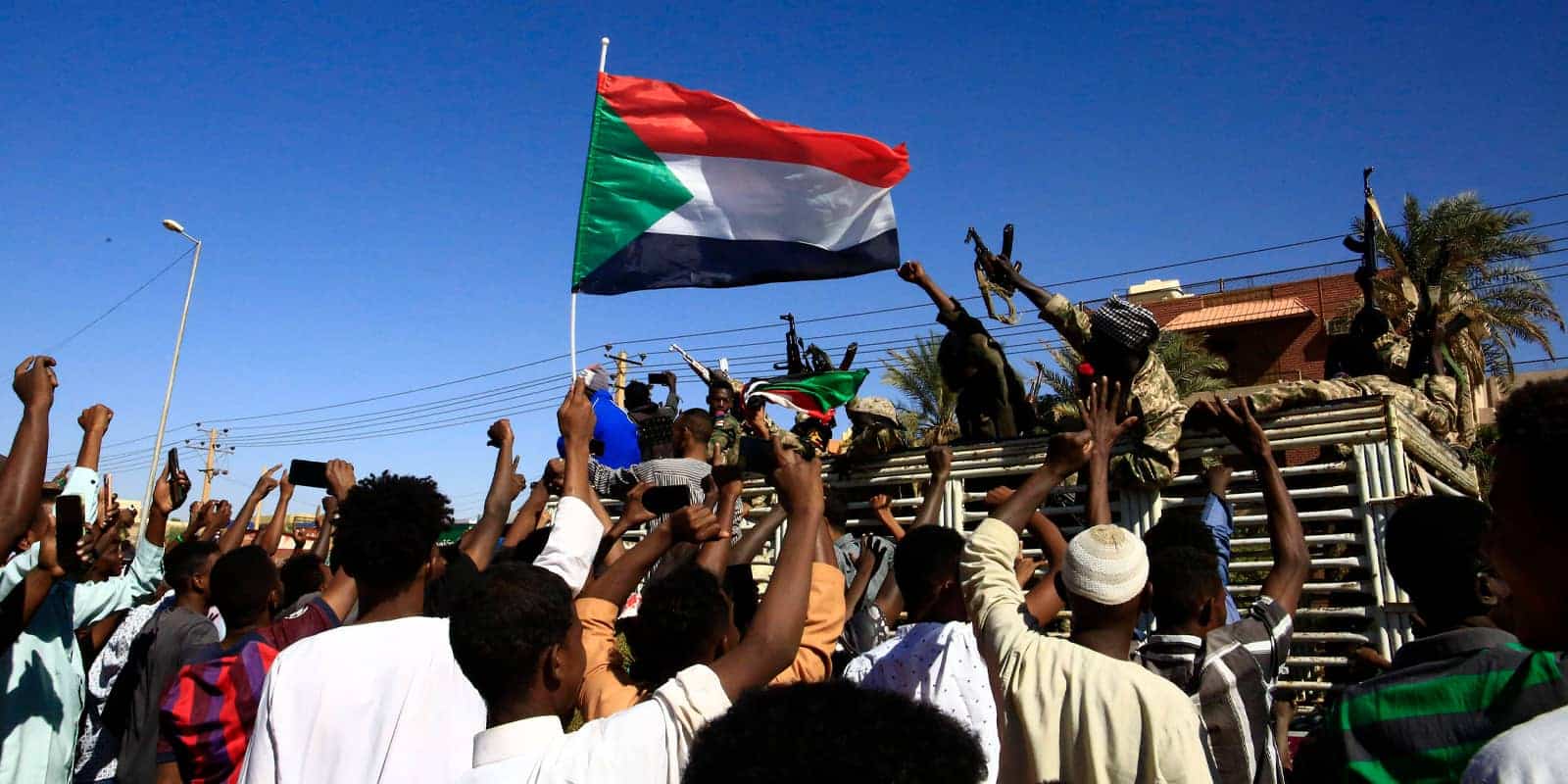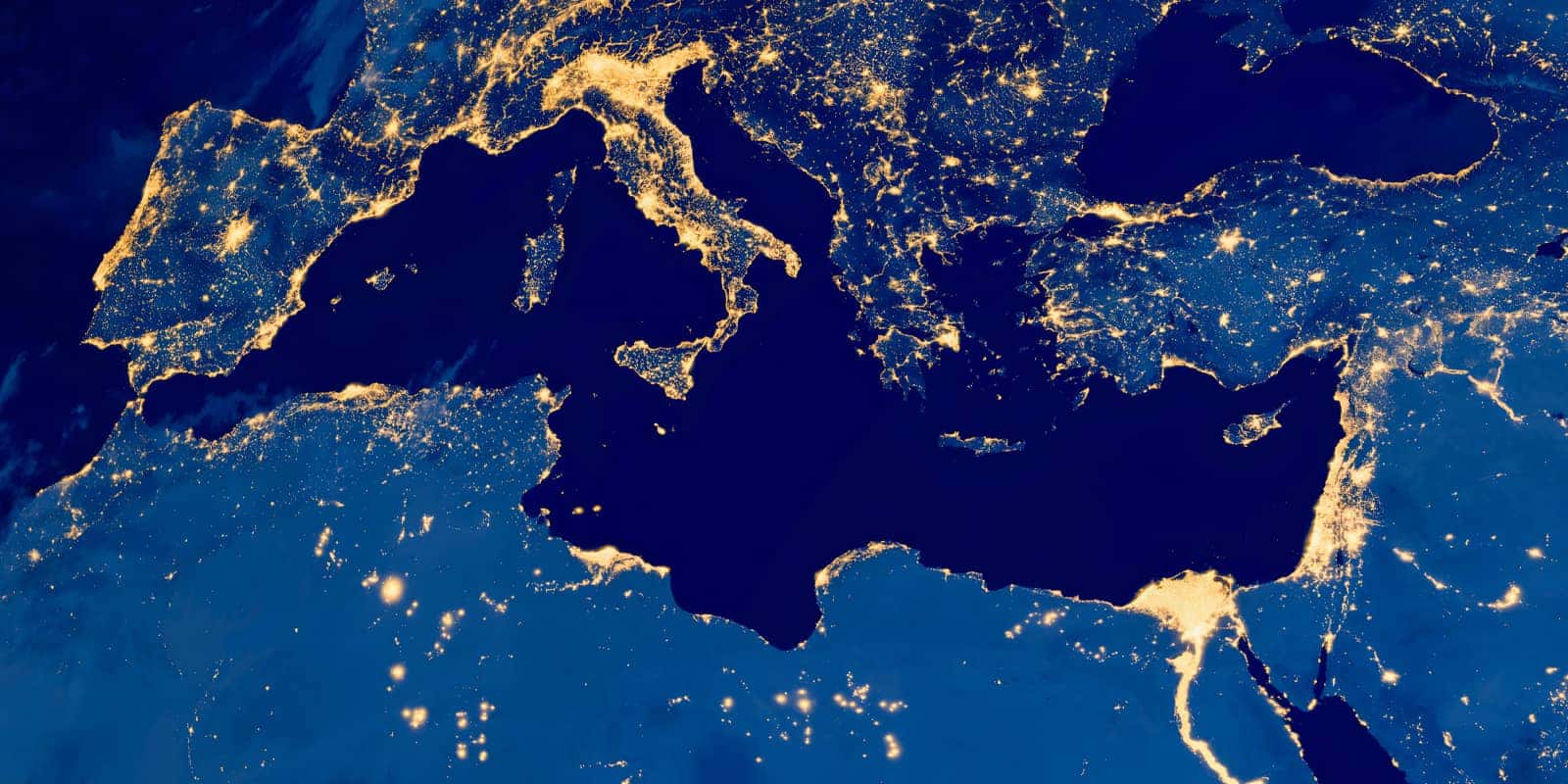The costs of failing to offer a coherent vision of what Prime Minister Netanyahu has called a “different future” for Gaza continue to mount:
- Inside Israel, there are growing indications of fatigue and a degree of demoralization reflecting an uncertainty as to the purpose of the continuation of the war (and of its costs in blood). The public pressure on the hostage issue is made more acute by the absence of a vision for the endgame. If there were a coherent vision that Israel was fighting for, the Israeli public (currently troubled by the notion of a prolonged war and a prolonged commitment to keep troops in Gaza) might better understand why simply withdrawing forces in exchange for a release of hostages is not the best option.
- The heaviest costs are being born by the Palestinians in Gaza, who need the international community to support non-Hamas controlled humanitarian supply and economic reconstruction. Israel on its own cannot provide these needs. The resulting deterioration of the Gazans’ humanitarian situation also reflects badly on Israel’s moral and legal standing.
- Internationally, the dangerous wave of de-legitimization is indeed gaining momentum, fed by increasingly hostile public images of the war in Gaza. There is growing pressure on Israel to end the war – even without breaking Hamas’ grip on Gaza. Recent public statements indicate that even the patience of the Trump Administration seems to be wearing thin – and it is now calling on Israel to end the war in Gaza, given its diminishing returns and apparent lack of purpose.
Israel’s propensity for inspired improvisation is legendary. But if there is a strategic lesson to be learned from the remarkable success of “Operation Rising Lion” (Israel’s strikes on Iran in June 2025), it is that meticulous planning (and precise execution) are the best guarantee of a successful outcome.
This strategic lesson must now be applied to the complex case of the “Day After” in Gaza. Israel needs a governmentally approved plan. The only viable one would involve a U.S.-led international effort to create a Multi-National Authority that would govern Gaza for a prolonged transitional period. All other options are either unrealistic (such as the removal of all Gazans), unworkable (given the weakness and corruption of the Palestinian Authority) or undesirable (long-term Israeli military rule). But for this to be made possible, planning needs to be already underway, in both Jerusalem and Washington.
The Rising Costs of Indecision
When Israel forcefully reacted in October 2023 to Hamas’ offensive, its actions enjoyed a fairly remarkable degree of support (despite Islamist-organized and supported protests on some American university campuses and European streets). Even now, removal of Hamas rule in Gaza is still regarded as a legitimate objective, supported—openly or implicitly—by key Arab elements of the regional camp of stability. The Trump administration continues to support prosecution of the war in Gaza, as was manifest during Prime Minister Netanyahu’s July 2025 visit in Washington, though doubts about diminishing returns of that war are often stated, including by the President.
And yet both domestically and internationally, the lack of a “Day After” plan for Gaza—namely, a vison of what it would actually mean to defeat Hamas—comes with a growing cost to Israel and its American ally. Some elements of Israel’s governing coalition continue to refer to what they see as possible outcomes (such as the relocation of the entire Gazan population) which are patently unacceptable even to Israel’s friends. The Trump administration, now voicing concern about humanitarian conditions, has long ago abandoned an unrealistic relocation plan. Many Israelis, aside from the moral qualms, raise the specter of endless warfare and a permanent military government in Gaza as a distinctly undesirable outcome (which is also the apparent position of the IDF high command). Withdrawing the IDF now in exchange for a hostage release would hand Hamas a victory, albeit a costly one, in a 21-month long war.
The costs of indecision are most heavily born by the Palestinians in Gaza, including in the humanitarian supply effort. The Gaza Humanitarian Foundation is simply too under-resourced and under-manned to be effective. It has only four distribution points inside Gaza, which predictably have become targets for Hamas attacks. There are also not enough security personnel there to prevent stampedes and deaths of desperate civilians. Israel’s efforts to conduct humanitarian supply outside Hamas control (which also means the exclusion of compromised UNRWA facilitation) was a good idea but has not received sufficient funding. If Gaza is to be freed of Hamas, it needs the international community to be part of the solution, both in short-term humanitarian efforts and longer-term reconstruction.
Meanwhile, the diplomatic costs for Israel have begun to pile up. Public opinion surveys in Europe and the United States – and the steady pressure by a group of European governments, most notably France—reflect this growing alienation from Israel and the de-legitimization of its military efforts.
This, in turn, makes it all the more necessary to offer a coherent vision of what should replace Hamas in Gaza, difficult as this may be under present circumstances. This is all the more urgent as the ceasefire negotiations reach a critical stage, which could lead to either failure—and an acceleration of military operations—or a two-month hiatus in which Israel would be obliged to put forward its concept for ending the war (while getting rid of Hamas).
Improvisation Will Not Do
Today, more than 21 months into the war in Gaza, it is thus less and less tenable to hold out for a future burst of creative but improvised actions that would somehow be implemented on a short notice, once Hamas finally collapses in the battlefield or concedes by other means. If Israel is to avoid the prospect—likely to be costly in both blood and treasure—of long-term rule over a destitute and vengeful population, it needs to be in a position, as soon as possible, to suggest—and help create—a viable alternative.
Over the years, the Israeli propensity to improvise did pay off tactically – for instance, when tanks with improvised reservist crews helped stop the invading Syrians on the Golan Heights without a command structure, and actually averted a rout in the first two days of the 1973 Yom Kippur War.
But if there is a lesson to be drawn from the almost breathtaking success of the recent operations in Iran—the so-called Twelve-Day War—it is that systematic and detailed intelligence-driven planning, and equally meticulous execution, are nevertheless a better guarantee of success, even in the face of great odds. This must now be applied to planning the actual endgame in Gaza and what needs to follow.
The least problematic option in Gaza would be the establishment of a Multinational Authority along the lines outlined by an American team with expertise in post-conflict operations, an idea also supported by Emirati officials.
The preparatory work between the U.S. and Israel and like-minded partners for such an option should have started long ago, and in any case must start now: such an undertaking cannot be put together overnight. Establishing a Contact Group, assigning roles and missions, and working out the protocols which would enable the IDF to respond to terrorist threats while the MNA manages daily life in Gaza—all these take time, and initial planning needs to begin immediately. In effect, what is now needed for a postwar plan for Gaza is leadership, in Jerusalem and Washington, with support in Abu Dhabi, Riyadh, Cairo and like-minded capitals of Europe.
JISS Policy Papers are published through the generosity of the Greg Rosshandler Family.
















Israel’s Veteran Peace Partners: The Role of Egypt and Jordan in the Context of Trump’s Gaza Plan